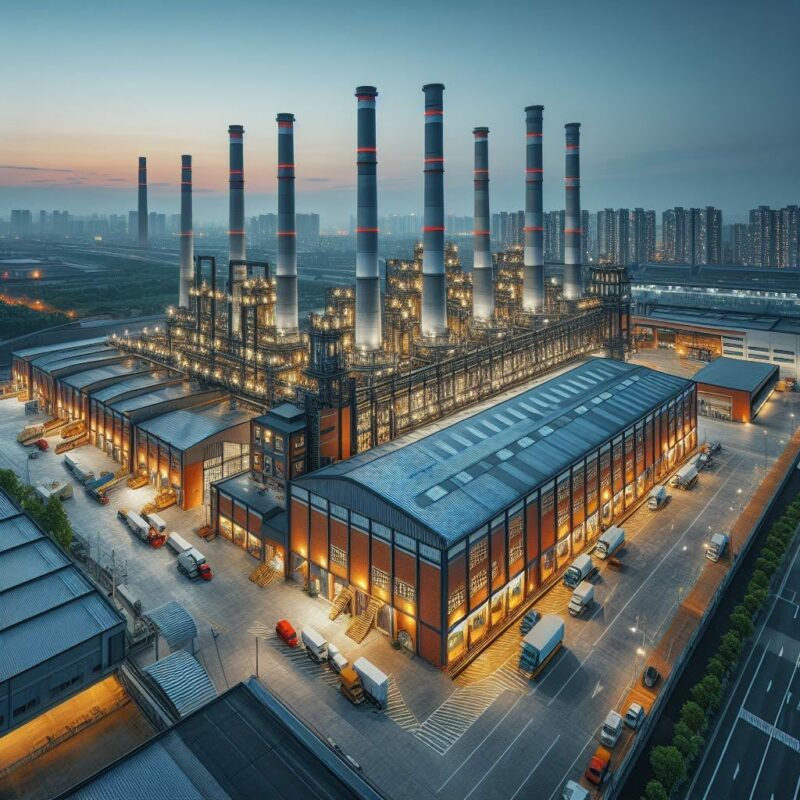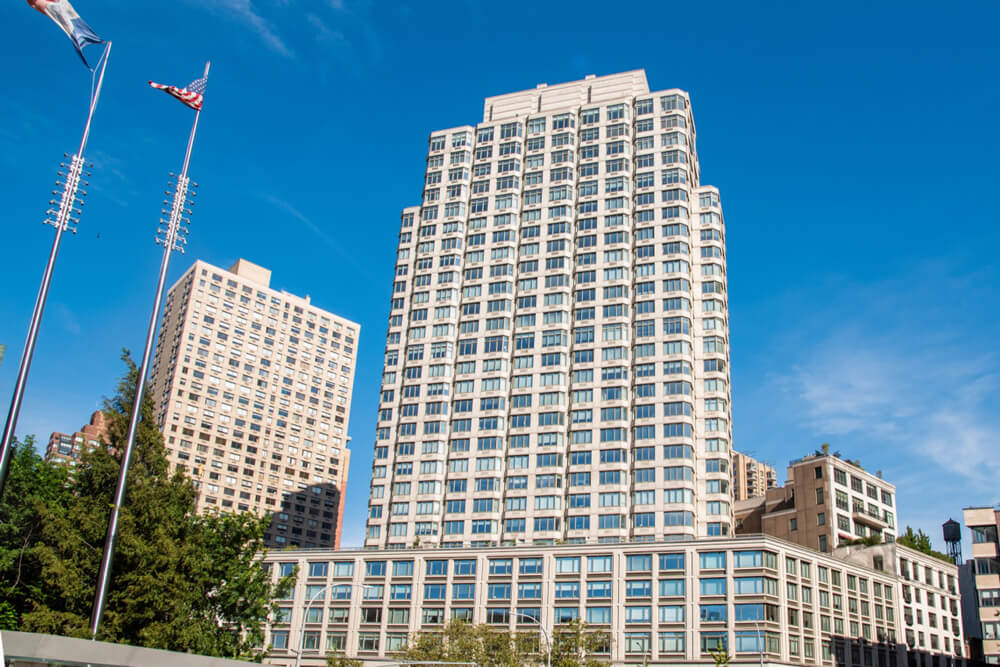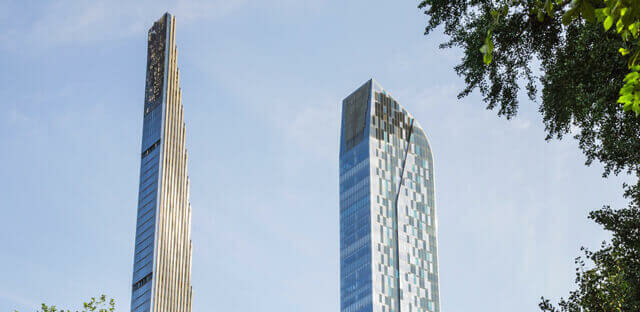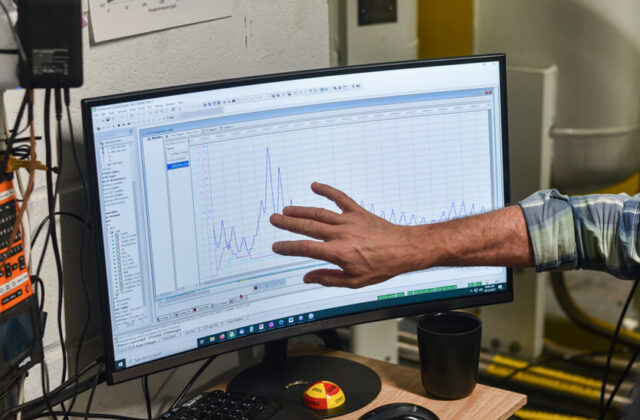
An onsite, turnkey solution to reduce CO2 emissions
To keep the temperature rise below the critical 1.5C threshold, the IPCC recommends 196 gigatons of carbon dioxide be captured and stored. CarbonQuest is accelerating progress toward this goal and a net-zero future with a modular, scalable distributed carbon capture solution. The system uses cutting-edge, non-toxic materials to trap CO2 before it is released into the atmosphere.
Our technology cost-effectively addresses evolving emissions regulations and helps multiple market segments meet their sustainability requirements.
Building the circular economy with Sustainable CO2™

CarbonQuest doesn’t just help reduce CO2 emissions via carbon capture – it also fuels the green circular economy.
CarbonQuest’s modular system liquifies the captured CO2 on-site before it is sold to offtakers who utilize the recycled CO2 in environmentally beneficial ways. This can include CO2 mineralization by concrete manufacturers or petroleum displacement with CO2 in jet fuel and chemical processes. CarbonQuest clients benefit from an attractive revenue stream, while ensuring compliance with emissions guidelines.
Our Impact
Distributed carbon capture at the sourceBuildings, facilities, and industrial sites install onsite renewables to limit their dependence on the grid or utilize energy management tools to optimize energy use. CarbonQuest stands out as the only decarbonization technology addressing heat-based emissions with a cost-effective, space-friendly, and non-disruptive solution for CO2 emission reduction and carbon removal.
Our carbon capture solution in action

Our building decarbonization solution
1930 Broadway is a multifamily building located in Manhattan’s Lincoln Square neighborhood. CarbonQuest installed its onsite carbon capture technology in the building in 2021 with a goal of cutting CO2 emissions from natural gas usage by 60-70%.



